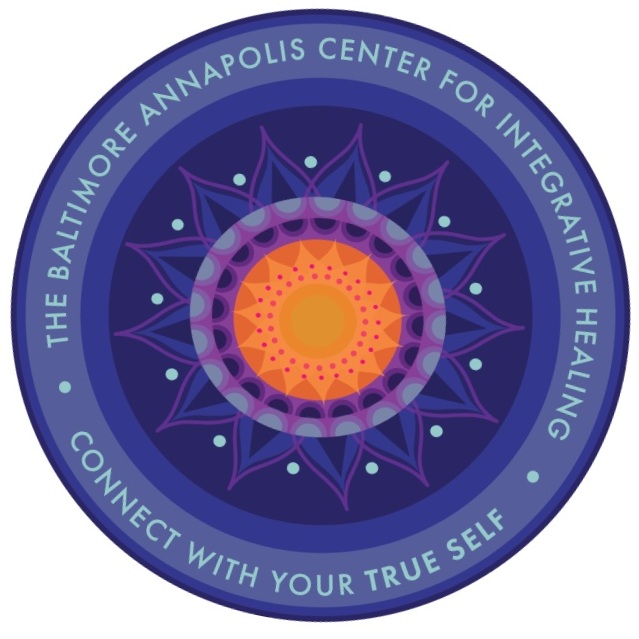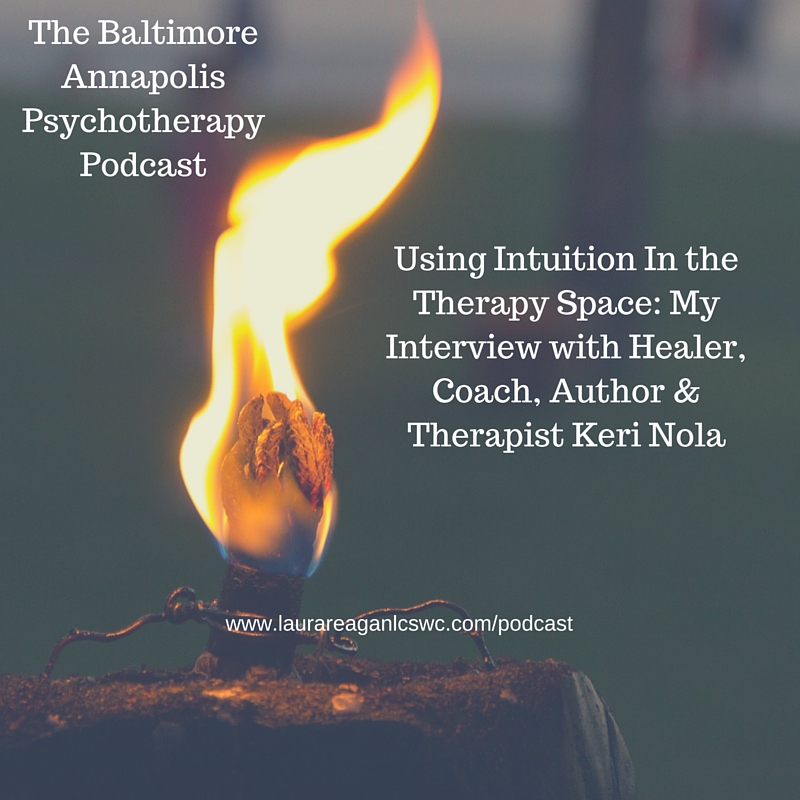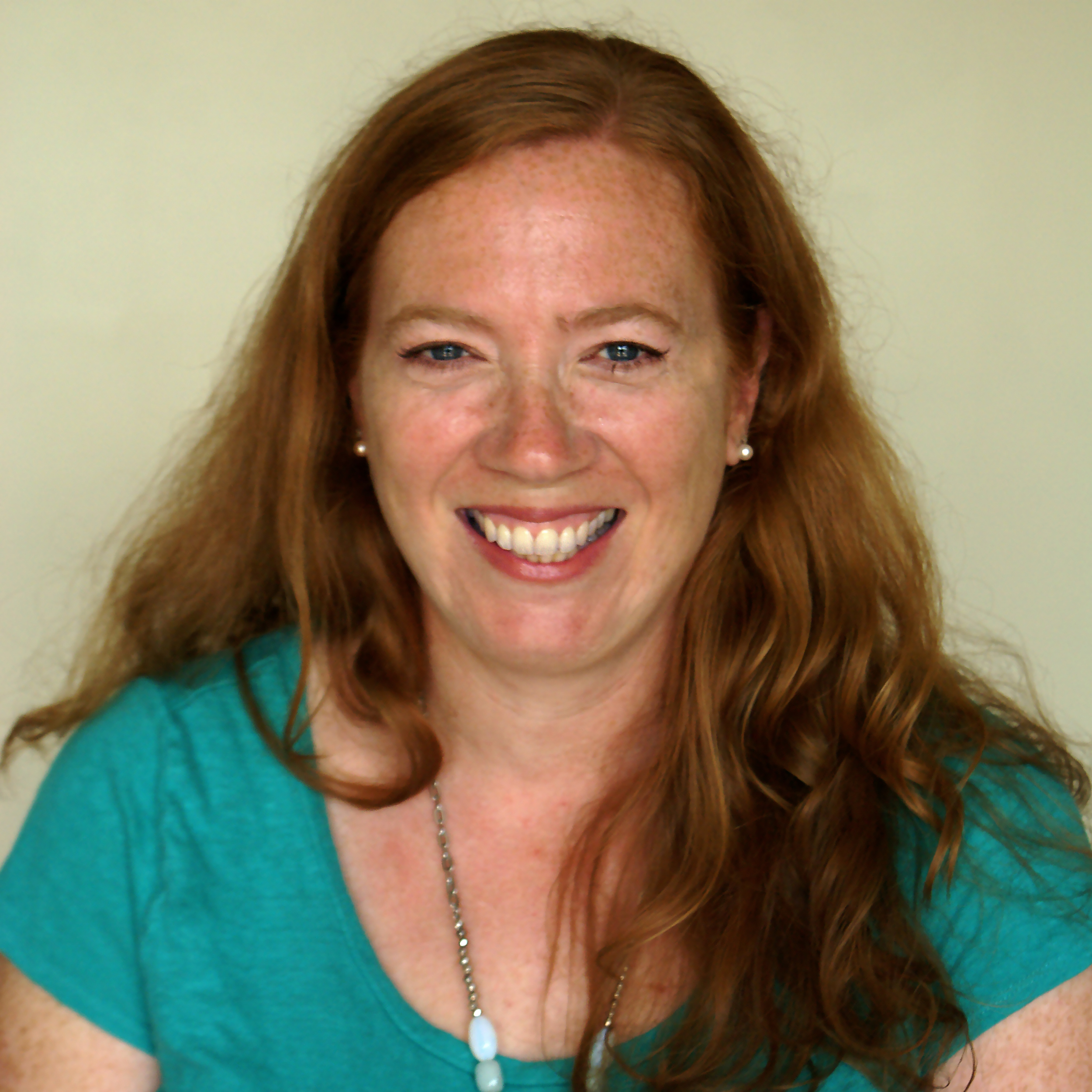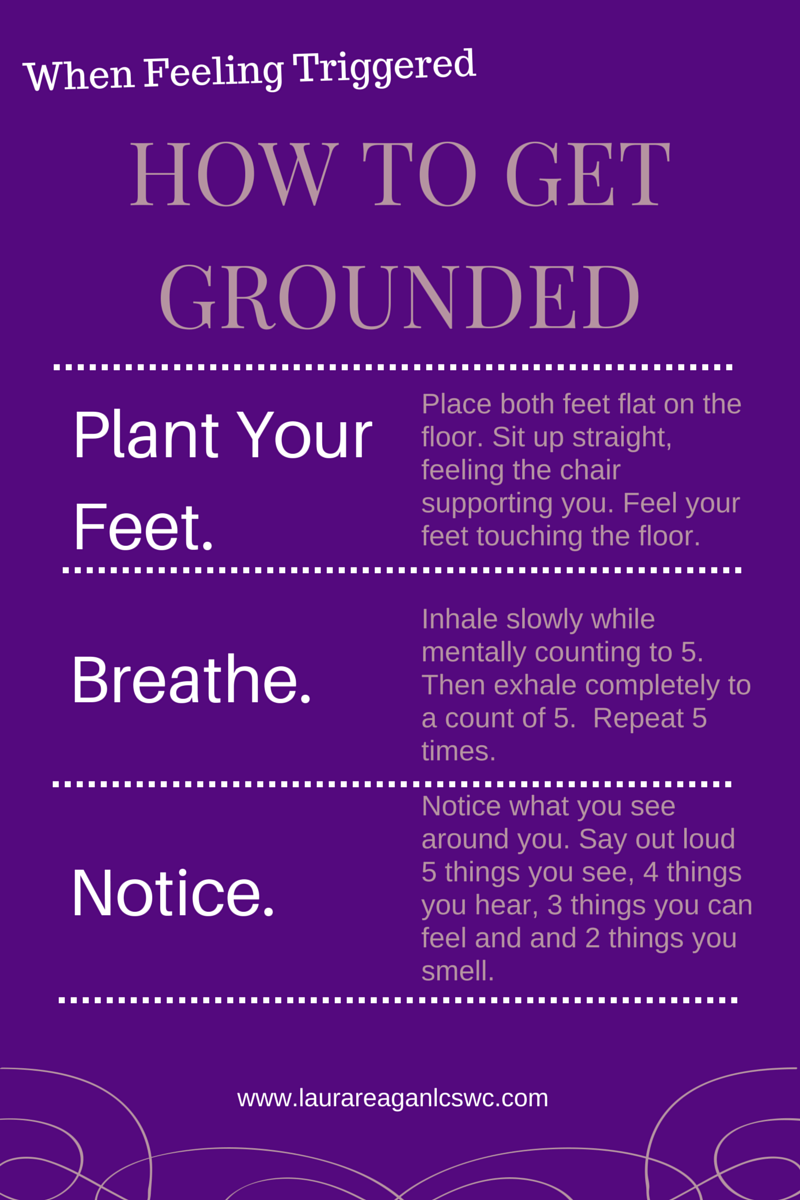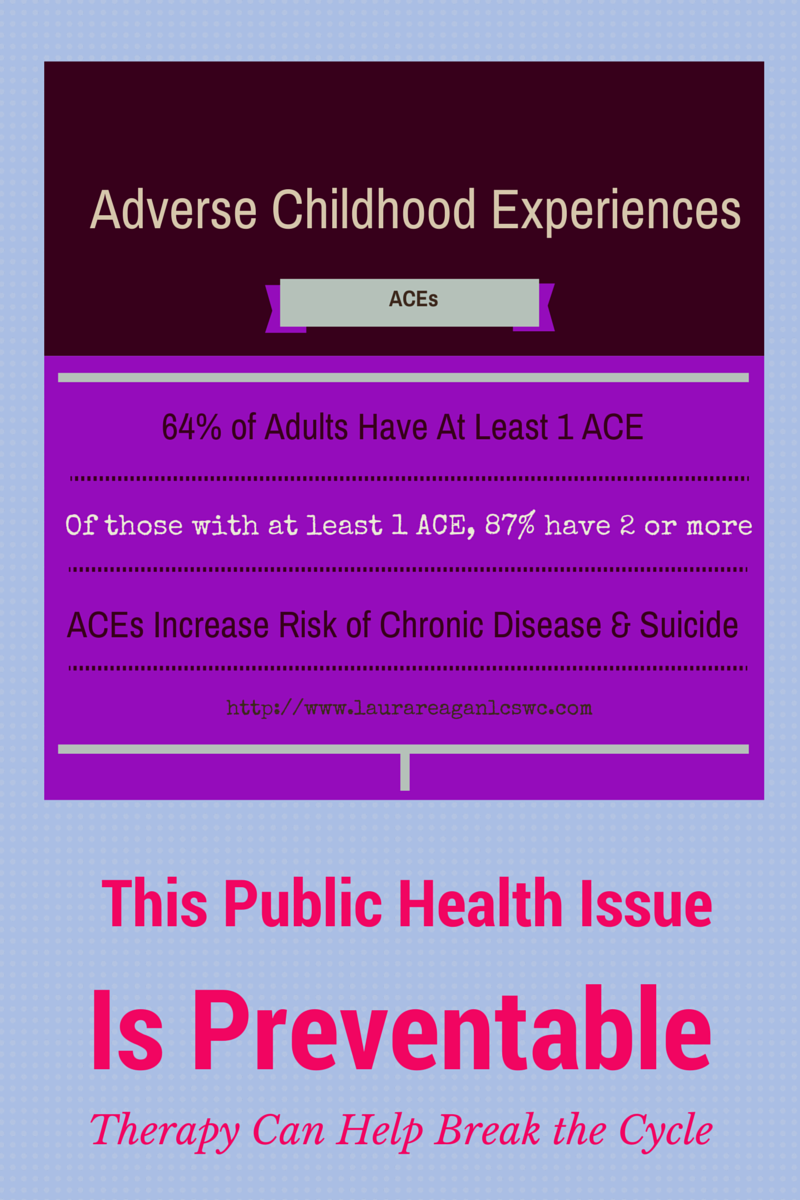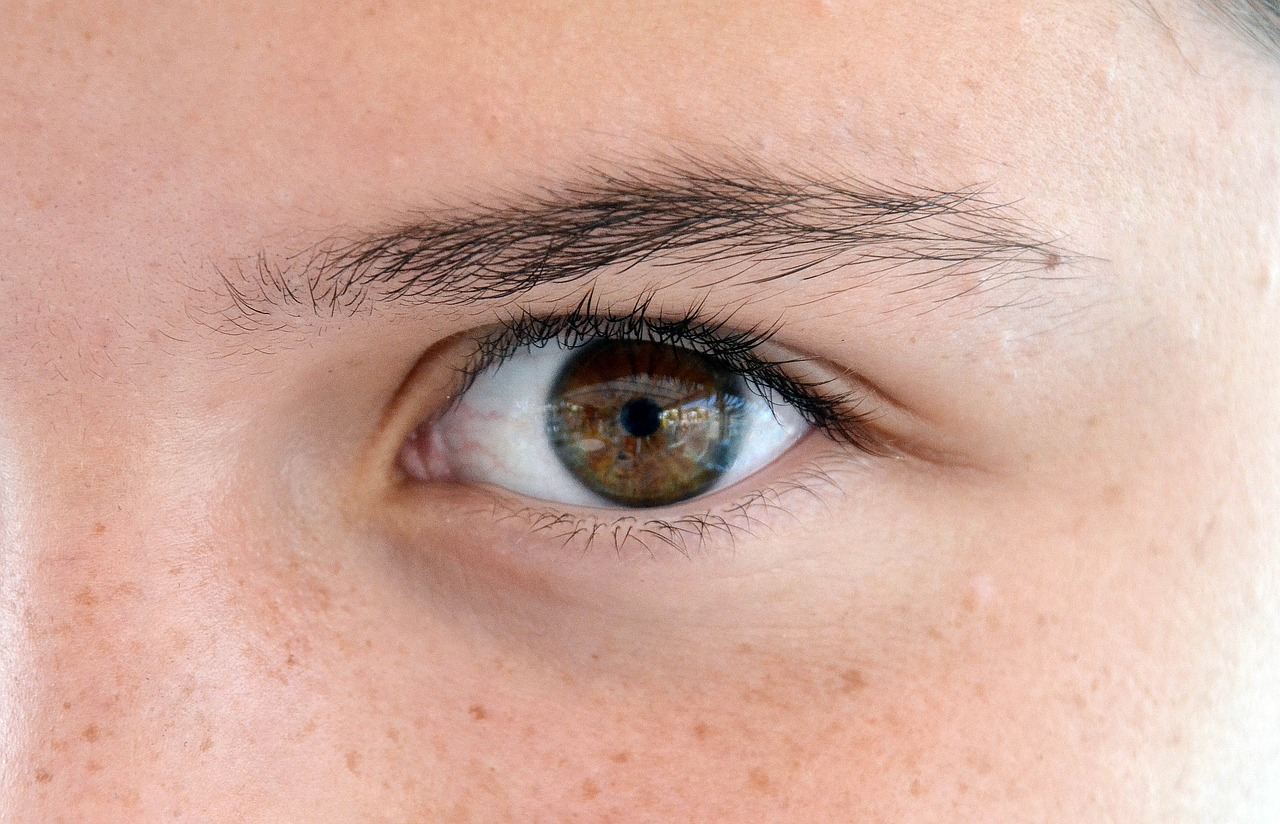Do you have Seasonal Affective Disorder or are you simply sad?
I often hear from clients that the winter months are hard. A common statement is, "I think I have Seasonal Affective Disorder." Seasonal Affective Disorder refers to having less energy and increased depressive symptoms at certain times of year, particularly during the Fall and Winter months. It is thought that less sunlight during the winter interrupts the body's cicadian rhythms and causes changes in Serotonin and Melatonin levels, causing mood changes and sleep issues. You can find more detailed information about the definition, causes, risk factors and treatment for Seasonal Affective Disorder by visiting the Mayo Clinic website.
Much has been written about Seasonal Affective Disorder. I invite you to consider another possible cause for this seasonal sadness. Trauma anniversaries can cause intense feelings at certain times of the year. A trauma anniversary is the date that something traumatic happened in your life. I will explain more below.
Susan felt that her symptoms were completely unexplainable and unpredictable, but when talking in more depth about the story of her childhood and the loss of her mother, she revealed that her mother died on May 31. She also pointed out that she never had a chance to grieve her mother's death since she was too busy trying to survive in an abusive home without her only protector. Her father was not attuned to her emotional needs and he lacked the ability to cope with his own grief.
Susan's annual experience of overwhelming depression in June makes sense when you consider that her mother died at the end of May, so that incredible pain she experienced throughout the month of June 28 years ago, when she was 12, was never processed. Trauma is held in the body, and feelings which are outside of our conscious awareness can show up seemingly at random. You can learn more about this by reading Bessel van der Kolk's book "The Body Keeps The Score," Peter Levine's "In An Unspoken Voice," Babette Rothschild's "The Body Remembers," and many other books on the subject of trauma and the body.
Considering whether there is any explanation which may relate to prior traumatic experiences helps us take back control of our own wellbeing. Susan's body was reminding her every June of the deeply painful loss of her mother. She struggled all year with depression, which is common for survivors of childhood abuse, and in June it became unbearable every year. Susan was able to break this annual cycle and take back control of her emotional and physical health by working with a therapist specializing in trauma. She was able to process these traumatic experiences and she felt better than she had ever thought possible.
*Susan is not a real person. Her story is a composite of many stories clients have shared about their trauma anniversaries.
This is by no means a comprehensive list of traumatic experiences. If you believe you have experienced trauma, and you are ready to start the healing process, find a qualified therapist who has specialized training in trauma. As difficult as it may be to begin therapy for trauma, it is so worthwhile to find out that you can feel better than you ever thought you could. I know this is true because I have personally witnessed that transformation.
If you don't have trauma and you really do have Seasonal Affective Disorder, the article I cited above recommends getting more sunlight, taking a vacation to a sunny place (heck yeah!) and/or trying therapy or medication. If you're not sure, talk to a helping professional, whether your primary care doctor or a therapist.
Susan's Story
Susan* had experienced depression throughout her adult life. Despite taking medication faithfully, she found herself being hospitalized for inpatient psychiatric treatment once a year -always in June - and she lived in fear of when her next depressive episode would cause this disruption in her life. When Susan was a little girl her father was an alcoholic. Her mother tried to protect her from his rage but when her dad was drinking, he often physically and sexually abused Susan. When Susan was twelve her mother died suddenly, and Susan was left alone with her father, who continued to abuse her until she was able to move out on her own at 18. The effects of her traumatic childhood continued to haunt Susan when I met her at age 40. She explained that she felt sad much of the time and her pain would build throughout the year, until in June she would have a breakdown and end up in the hospital because of suicidal thoughts.
So Do I Have Seasonal Affective Disorder or Trauma?
So before you assume that you have Seasonal Affective Disorder, ask yourself whether there is a certain date or specific month that is especially difficult for you. Is there any event you can recall which happened at that time of year which might relate to your feelings about this? Have you experienced trauma? It's not always as obvious as we think. Some situations which can cause trauma include:
- Loss of a parent or other primary caregiver during childhood
- Sudden, violent or traumatic death of a loved one or close friend
- Witnessing domestic violence in childhood or being in a physically violent relationship
- Growing up feeling that your emotional needs weren't met, that no one was there for you
- Experiencing physical abuse, including being "spanked" with a belt or other object, or being hit in any way when you were a child, even if you don't consider it abusive
- Being bullied
- Any unwanted sexual contact, from touching to intercourse without your consent or when you were incapacitated in some way
If you'd like to talk to me about working together click here or send me an e-mail at laura@laurareaganlcswc.com. You can reach me by phone at (443) 510-1048. For more from me, sign up for my newsletter! I send e-mails every so often when I have something to say, and I definitely won't overwhelm your inbox. You can also follow me on Twitter, Facebook, Pinterest and Google+. I have a weekly podcast which you can listen to here.
Source:
Author Unknown. (2015) Retrieved on November 10, 2015 from: http://www.mayoclinic.org/diseases-conditions/seasonal-affective-disorder/basics/definition/con-20021047
Wholeheartedly,
Laura Reagan, LCSW-C
